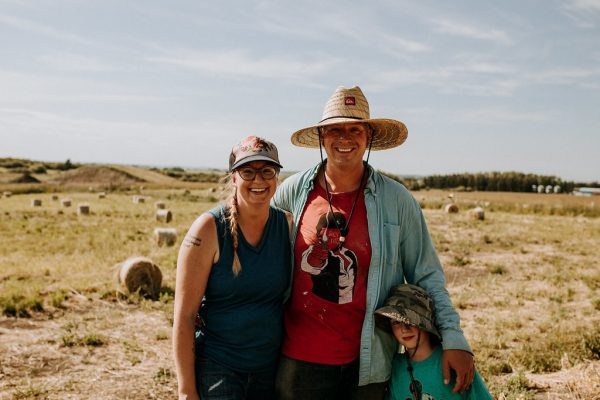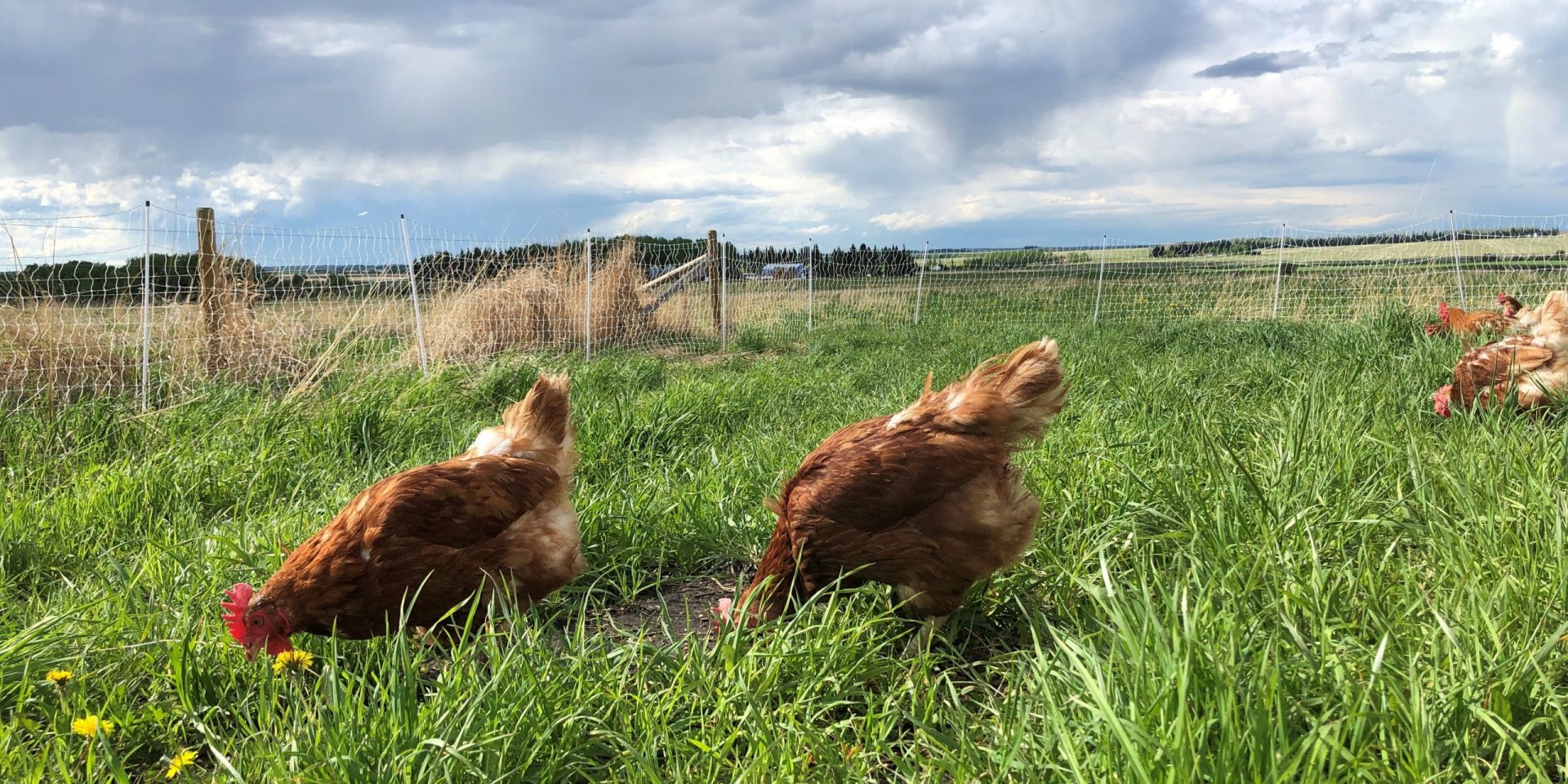How Starting With the Soil Can Reap Rewards – Regenerative Farming
Our Guest Spotlight author Marcus from Happiness by the Acre farm has provided a detailed article on their journey to healing their farmland and rebuilding soil fit for raising livestock and growing crops. One of the main benefits they’ve experienced since setting up and managing for soil health and pasture health has been a boost in their ability to support livestock. In this way, each step forward has made their business more sustainable and financially successful. Read on for all the details and stay tuned for a whole series by Marcus for Guest Spotlight.
Healing land and bringing greater flourishing was one of the big drivers of our move from tech sector creatives into agriculture. We have a passion for building soil, creating complex biological systems, and working with nature. The challenge is doing that while operating a farm-based business. We like to think of what we do as “regenerative farming.” That has taken our farm into some interesting places.
On our farm, the foundational idea behind regeneration is biodiversity. We always look to promote greater biodiversity across the farm, starting from the soil up. Building our soil starts with increasing organic matter. It is the foundation of soil biological activity. Organic matter is critical to water retention. It is needed for cation exchange and mineral availability. So where we start is the soil.
When we took over managing our land, we did basic soil testing. It showed that we had some important mineral imbalances to track over time, but more critically, it showed we had soil nearly exhausted of organic matter. At the 4-6″ depth of the sample, we were coming in at between 0.40% and 0.75%, with a farm average of 0.50% soil organic matter. That is highly depleted soil. When our property was broken from wild prairie into cropland, it would have been between 10% and 15% organic matter. We have taken three approaches to rebuild organic matter in our soil.
First, the bulk of our land was seeded back into perennial pastures. Our initial pasture blend was a mix of seven grasses, three types of alfalfa, and cicer milkvetch. Since then, we have added two more species of grass, sainfoin, and birdsfoot trefoil, and over 15 varieties of native and tame wildflowers. Plus, volunteers such as dandelion, thistle, and so forth. This diverse community of plants promotes a diverse micro-biological community and multiple sub-soil root depth.
Second, we employ cover crops in select areas, tilling them into the soil to aid in building organic matter. Each season we rotate in a different blend of cover crops. Annual rye, winter rye, pea and oat mix, red clover, and tillage radish. The aim is always to keep the soil covered, and to leave the residual for the soil to build strength and moisture retention.
Lastly, we use livestock to stimulate soil activity and distribute manure and minerals across our fields. Our livestock is managed using what we are coming to call precision grazing, a hybrid of holistic planned grazing, mob stocking, and cell grazing. We set up temporary electric fences to contain our animals, giving them a limited time in a given space. The goal is to feed ⅓ to livestock, ⅓ to the soil through trample, and ⅓ remaining on the plant to allow for regrowth and root health. We use cattle for the bulk of our pasture management, but we are also running pasture-based poultry.
Using these three methods, we have dramatically increased the health of our soils and farm landscape. In under five years, we have increased soil organic matter across the farm to between 2.00% and 3.00%, and have seen very robust drought and heavy rainfall mitigation. We are currently supporting 2.5 times the grazing capacity of neighbours in our immediate farming community, and closing in on three times the grazing capacity. On 120 acres of pasture, we are supporting 300 laying hens, 100 meat chickens, 30 laying ducks, 80 cow-calf pairs, and three bulls from June until October for 2020. The extra labour in setting up and managing for soil health and pasture health has meant a massive boost in our ability to support livestock. This has, in turn, made our business more financially successful.
In addition to helping our soil and financial health, a focus on the soil and regenerating that soil’s health is binding atmospheric carbon. As we build our organic matter, we are binding huge amounts of atmospheric carbon. We are estimating that we are binding between 3 – 4 metric tons of carbon per year per acre after emissions from the farm operations, transportation, and livestock. That works out to 360 – 480 metric tons of carbon per year sequestered in the soil. This represents a carbon offset of 16 – 22 average Canadian households.
To further this, and gain a better accuracy on how much carbon we are binding, we are partnering with academic institutes and non-government agencies to study the soil/carbon relationship. There is a dearth of information on how long carbon stays in the soil, and how much it can bind. It is important to expand the data for our area in Alberta as well as build a more robust understanding of the relationship between climate change, agricultural activity, and atmospheric carbon. This data can then be used to help our grazing management.
In the long run, the goal is to get our soil health cranked up. To do that, our farm has a goal of getting organic matter up to 10% in the first 12 inches of soil. At that point, we should see a massive explosion of soil biology. The robustness of our pastures should be able to support around 3.00 times the animal capacity of a typical farm in our community. By working to regenerate soil health, our farm is becoming more robust and successful.

About Happiness by the Acre
Happiness by the Acre is a small family farm located on the edge between the Alberta foothills and the open prairie. Dedicated to providing healthy, fresh, local, and ethical food to consumers, they believe that what you eat, and what you choose to support with your purchases, directly impacts how the land is used and how healthy the soil will be.
For more blog content on growing and raising happy food, visit the Happiness by the Acre website at https://happinessbytheacre.ca/
Sarah and Marcus Riedner
[email protected]


